The hip joint is a Ball-and-socket joint where the thigh bone meets the pelvis. If pathological changes, it will lead to difficult movement, pain, stiff thighs and inability to complete daily actions, such as wearing shoes, socks, cutting toenails, taking a car, going to the toilet, etc.
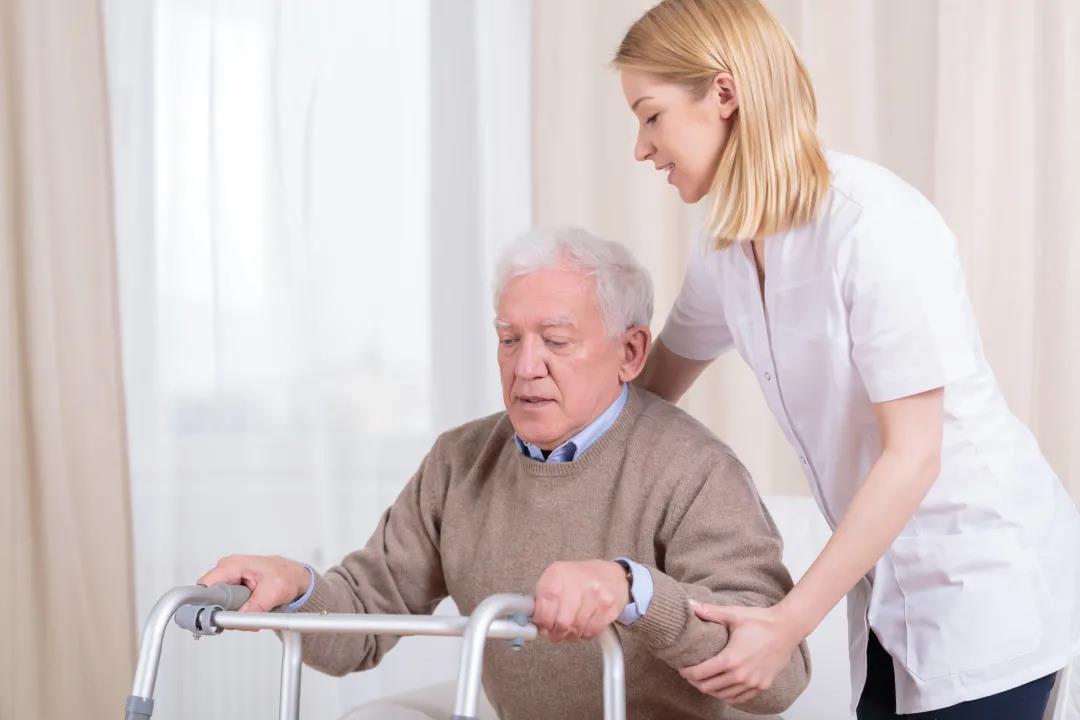
If patients accept perfect rehabilitation after hip arthroplasty, the hip joint can work as good as before. Dr. Kan Jing of GRS mainly shared the rehabilitation essentials of hip arthroplasty from the perspective of multidisciplinary cooperation.
Pre-operative Rehabilitation
The purpose of pre-operative rehabilitation is to be well prepared, which can help patients understand rehabilitation expectations, understand and master the key points of exercise and action contraindication required for post-operative rehabilitation in advance, and prepare for post-operative rehabilitation. Data show that effective pre-operative rehabilitation will improve the rehabilitation outcome by up to 30%.
Post-operative Rehabilitation (condition at early stage)
#1 Understanding the causes of operation, the types of implanted joints and the operation methods play a key role in the formulation of rehabilitation plan and directly affect the recovery outcome.
The Impact of Hip Arthroplasty on the Rehabilitation Plan
For example, if the pain is induced by arthritis, it can occur in bilateral joints. After unilateral joint arthroplasty, is the patient still considering the other side of the joint arthroplasty? In addition to paying attention to the operative side during rehabilitation, does the other side also need to be included in the rehabilitation plan? If operation is also required, the rehabilitation plan can not only focus on the operative side, but also carry out pre-operative rehabilitation on the non-operative side, so as to improve the rehabilitation outcome after secondary joint arthroplasty.
The Effect of Implanted Joint Type on Post-operative Weight Bearing
Whether bone cement is used in operation is directly related to the post-operative weight bearing degree of patients. Generally, the bone cement type can bear weight immediately after operation, while the Non-cemented type takes a long time, and the weight bearing limit time can be up to 6-8 weeks. Of course, the details should be determined according to the doctor's advice.
The Operation Method Determines the Patient's Post-operative Movement Limitation
Anterior approach: it has little impact on muscles and tendons, low movement limitation requirements in post-operative rehabilitation and fast recovery progress. However, because the doctor's field of vision is small during the operation, the difficulty of the operation is increase.
Lateral approach and posterior approach: the most common approach. The incision is larger than the anterior approach, and the posterior gluteal muscle group is disconnected and repaired during the operation, so the movement limitation of postoperative rehabilitation is very important
#2 Interdisciplinary cooperation can minimize the pain of patients and achieve the best rehabilitation outcome.
First, understand the post-operative contraindications of patients
Within 8 weeks after operation (Note: movement precautions vary from person to person, please follow the guidelines provided by your health care team):
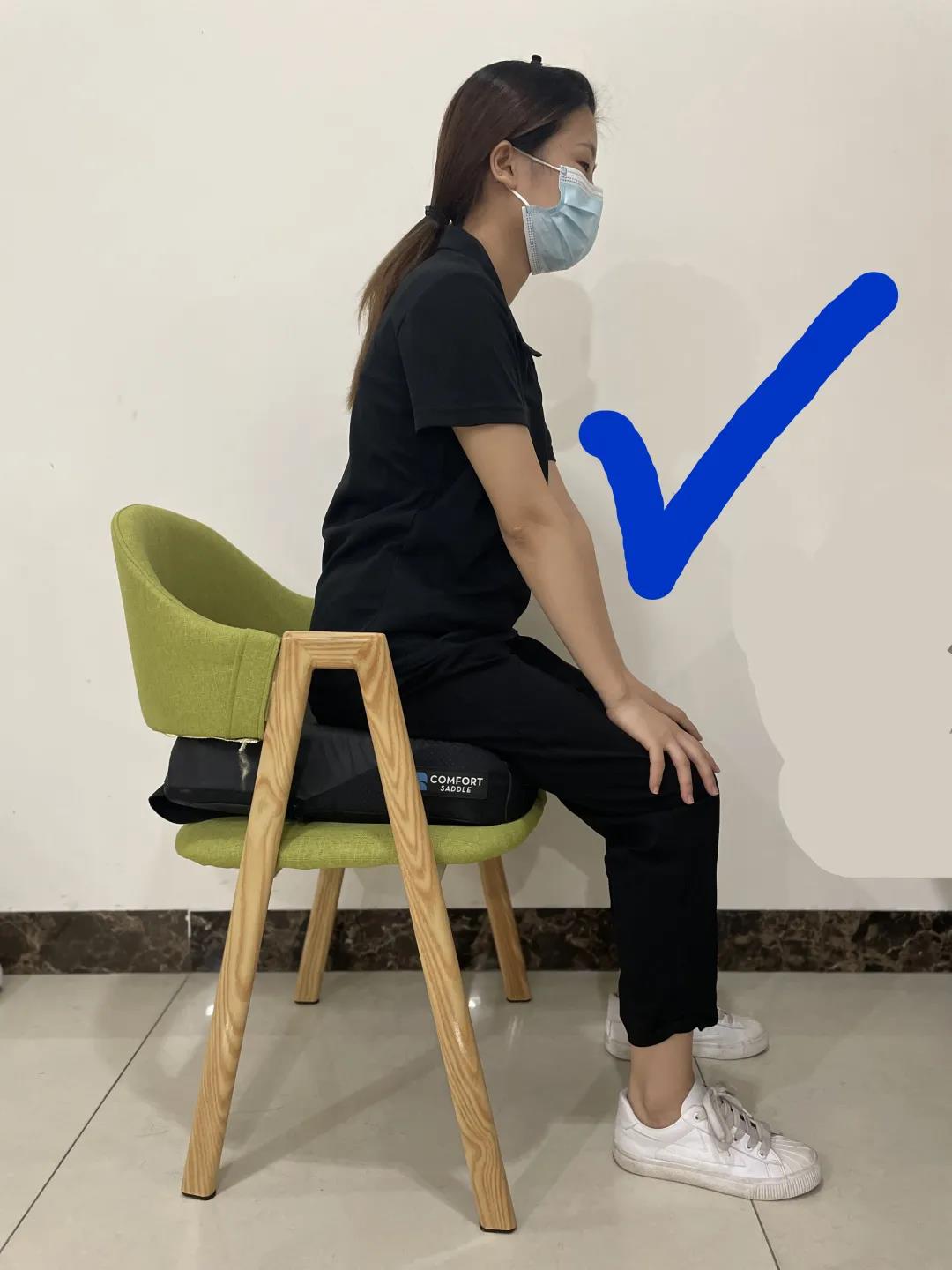
Sit with your hips higher than your knees
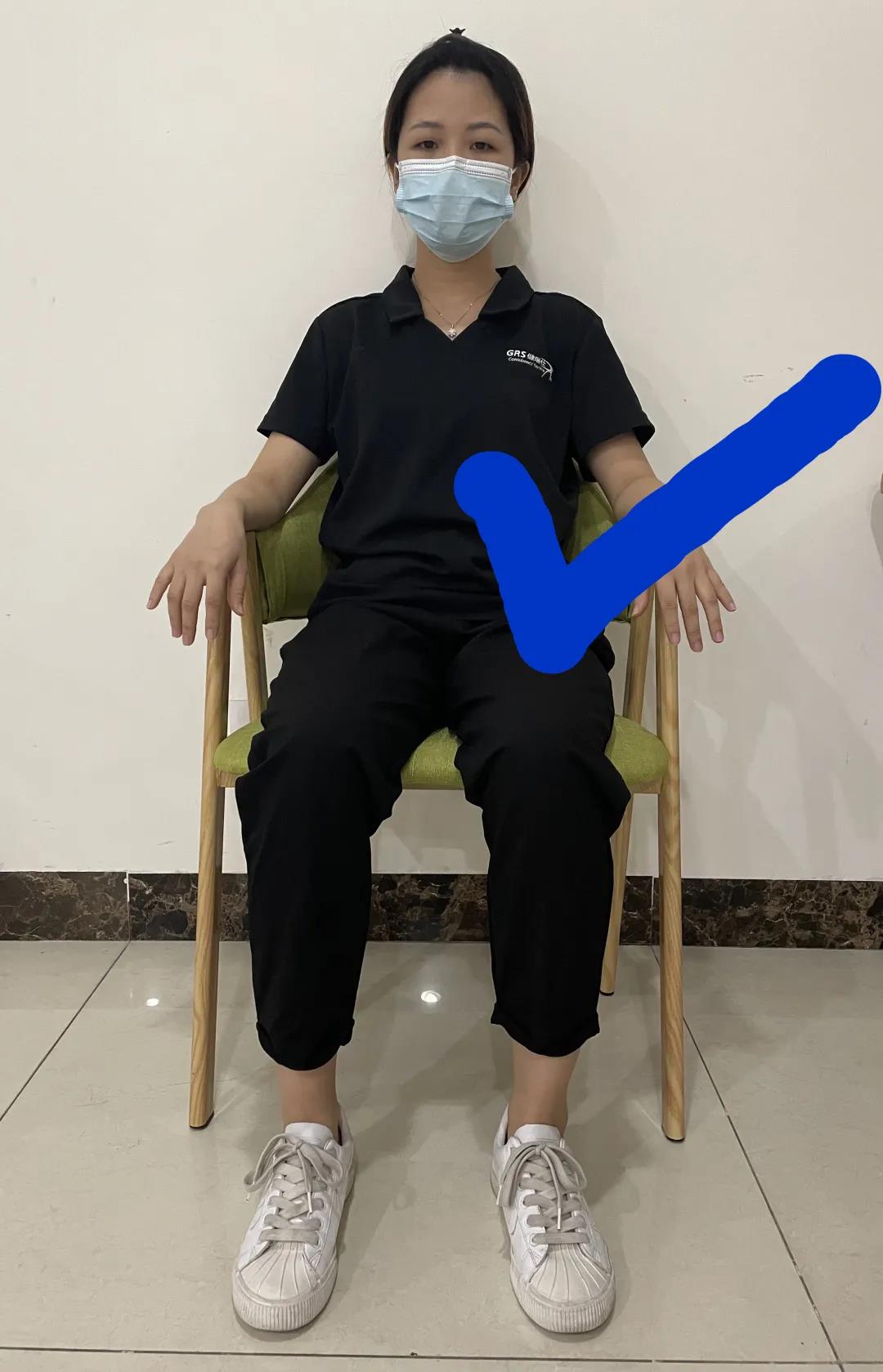
Sit with your feet touching the ground and your knees about 6 inches apart
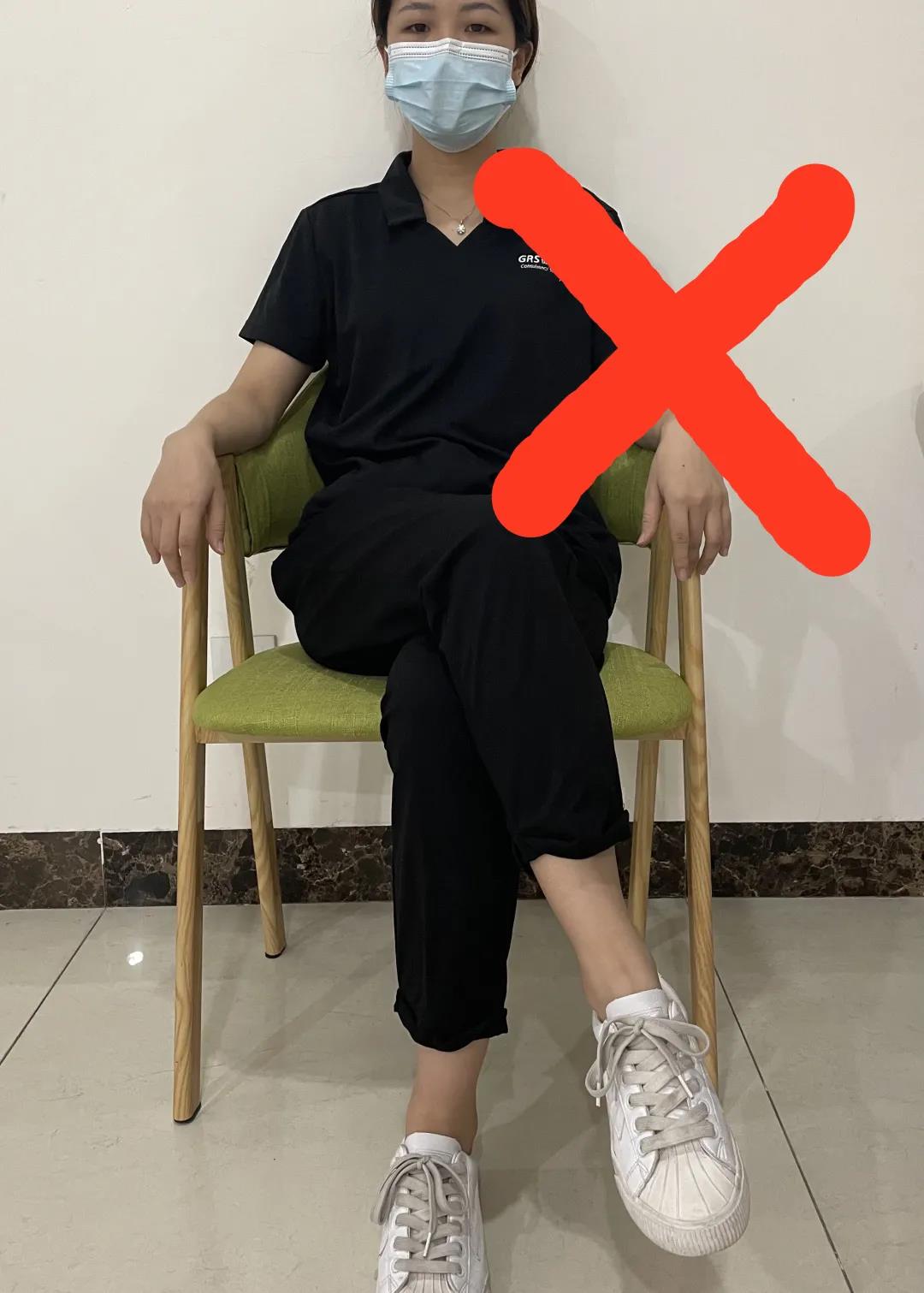
Do not cross the knee of the operating leg to the midline of the body

Do not bend over the upper body lower than the waist.
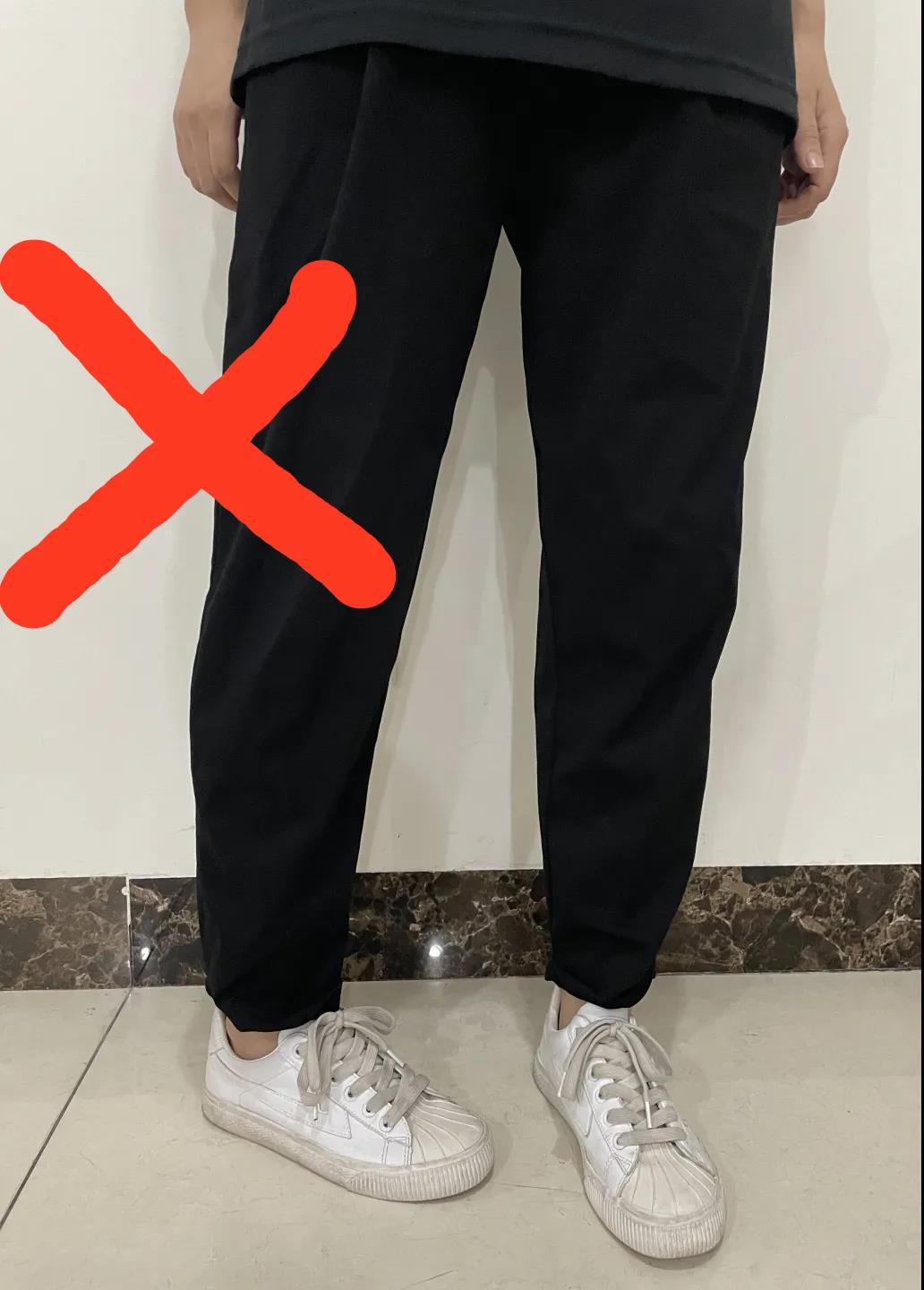
Do not turn the operating leg inward to the toe in gait position.
Interdisciplinary Team Works Together Closely
Secondly, the interdisciplinary team pays close attention to the post-operative impact / complications of patients and works together closely. Pay attention to the risk of patients' thrombosis, and the medical, nursing and rehabilitation staff check and follow up the examination in time, so as to know the conditions of patients at the first time; Take preventive measures in time after operation, such as using lower limb air pump, ankle pump exercise and so on.
In wound care, attention should be paid to transfer skills when changing bed sheets and going to the toilet; Nutritionists also need to intervene to help patients heal.
In addition, the cooperation between rehabilitation and nursing medication will also affect the rehabilitation outcome. Generally, the outcome of rehabilitation training is better within the effective time of taking painkillers.
Pay Special Attention to Basic Diseases and Contraindications
Finally, joint arthroplasty is more common in the elderly. In addition to arthritis, the elderly may also have underlying diseases (diabetes, etc.) and cognitive impairment
For patients with diabetes, the wound will be relatively difficult to heal, we should pay more attention to avoid accidents when caring them.
For the elderly with mild cognitive impairment, due to their short-term memory impairment, they may violate post-operative contraindications (such as bending over to wear shoes, crossing their legs, etc.) in the process of daily life such as wearing clothes and shoes. At this time, we should pay attention to prevent this situation when caring them, and therapists should also carry out intensive training during rehabilitation to deepen the patient's short-term memory.
The treatment outcome will be better if we understanding more about hip arthroplasty rehabilitation. Before formulating a rehabilitation plan, be aware of the patient's condition; during the rehabilitation process, all disciplines work together to ensure that the patient suffers less, and the rehabilitation outcome is maximized!
